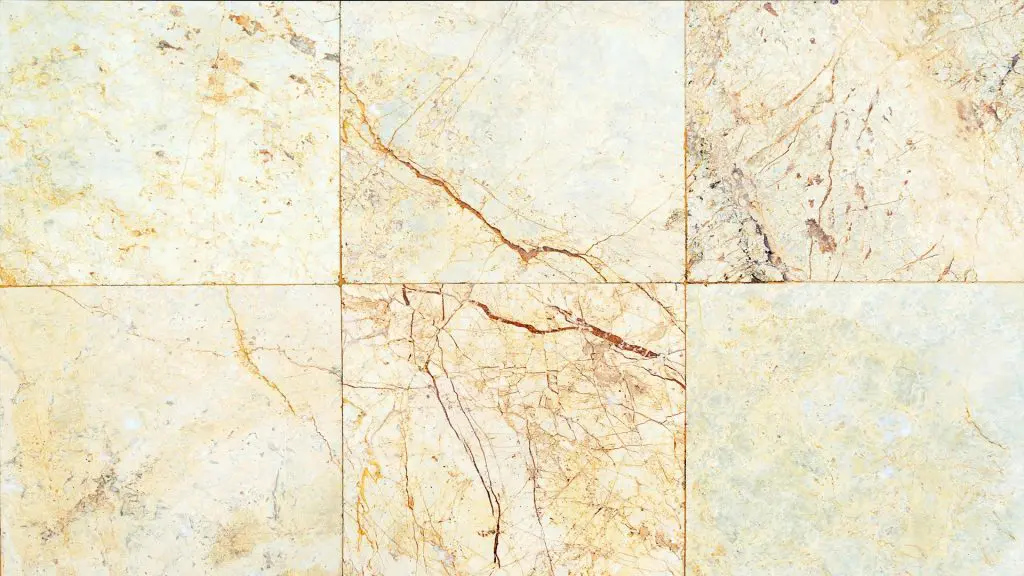A tile is a thin object usually square or rectangular in shape. Tile is a manufactured piece of hard-wearing material such as ceramic, stone, metal, baked clay, or even glass, generally used for covering roofs, floors, walls, or other objects such as

Who decides Floor Tiles or Wall tiles?
Tiles, popularly are of two types- Ceramic and Porcelain. Both the verities are used on Floors as well as on walls. A standardized rating system classifies the broad categories into several classes according to their strength and durability in categories namely- Coefficient of Friction (COF) rating and PEI (Porcelain Enamel Institute) rating. COF ratings are one thing that helps define friction that or the slipperiness or the hardness of the tile. PEI ratings are the second factor that defines hardness and durability. PEI issues five classes of ratings ranging from Class 1, for areas with no foot traffic, to Class 5. Any tile which fails to be rated as the Class 1 quality, i.e. the superior quality, is referred to as ‘Wall Tile’ as it is incapable of handling traffic and is comparatively thin. The superior most quality is used as ‘Floor Tiles’ which can resist significant traffic and wear and tear. The top layer of hardened glaze makes them super durable and heavier. It can withstand foot traffic, appliances, furniture, etc. Some have texture to reduce the risk of slips. Wall tiles are thinner, smoother and more delicate due to their composition. It’s also much slicker when it’s wet, which is why wall tile is not recommended underfoot.

| FLOOR TILES | WALL TILES |
| Heavy and thick | light and thin |
| Can resist abrasion from foot traffic | Cannot resist abrasion from foot traffic |
| Can bear the load | cannot bear the load |
| Can be used on the walls | Cannot be used on the floor |
| COF- 0.5 or greater | Any rating |
| PEI- 3 to 5 | Any rating |
| Often large in size | Generally small in size |
The answer to the question is all to do with the weight of the tile. The British Standards for Wall Substrate Maximum Weight of Tiling per square meter (m2) is what largely determines whether a tile can go on your floor, wall, or both
Wall Substrate Maximum Weight of tiling per m2
- Gypsum Plaster- 20Kg/m2
- Gypsum Plasterboard Direct- 32Kg/m2
- Plywood (WBP)- up to 30Kg/m2
- Lightweight Tile backing Boards- up to 40Kg/m2
- Glass-reinforced Cement Sheets- up to 50Kg/m2.
- Gypsum Fibre Boards- 35-40Kg/m2
From the above standards, we can clearly see that different wall finishes can handle different types of weight. Also, the weight of the grout and adhesive should also be taken into consideration i.e. 2 to 4 km per m2. The combined weight decides whether or not your tile is going to be too heavy.
Why Floor tiles Instead of Wall tiles
Larger tiles, Less Visible Joints, Larger Space Large floor tiles that measure 60 x 60 cm or more, look great when laid over a large area including floor and wall. It gives an illusion of a larger space. With more tile and fewer grout joints, the grouting efforts minimizes. Polished effect Highly polished tiles are relished for their luxurious Using the glazed tile for both walls and floors can add to the glam look of the area
happho’s Recommendation:
As long as a tile meets the standard criteria it will be suitable for your floor. It will be suitable for your wall given that the weight is handled by the wall.
You can use ‘floor’ tile on a wall, although not in all cases. You cannot use ‘Wall’ tile on the floor. Not all wall tiles are meant to last on the floor.
– Harsha Bajoria






